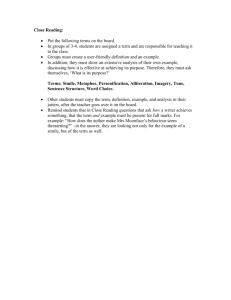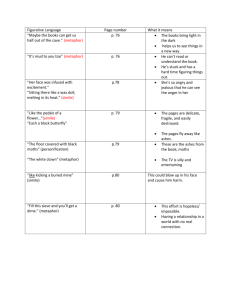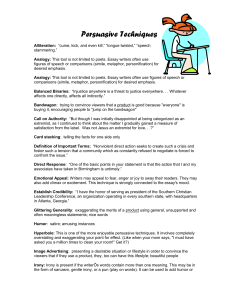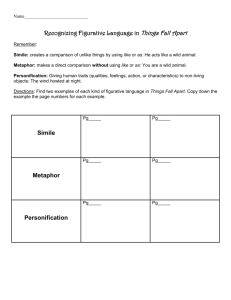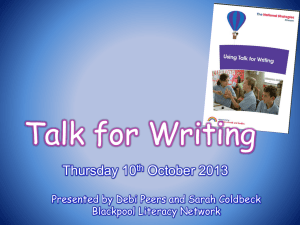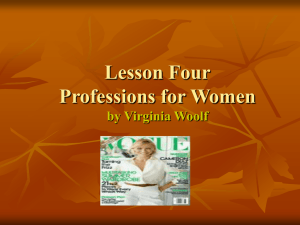standard grade - Denny High School
advertisement
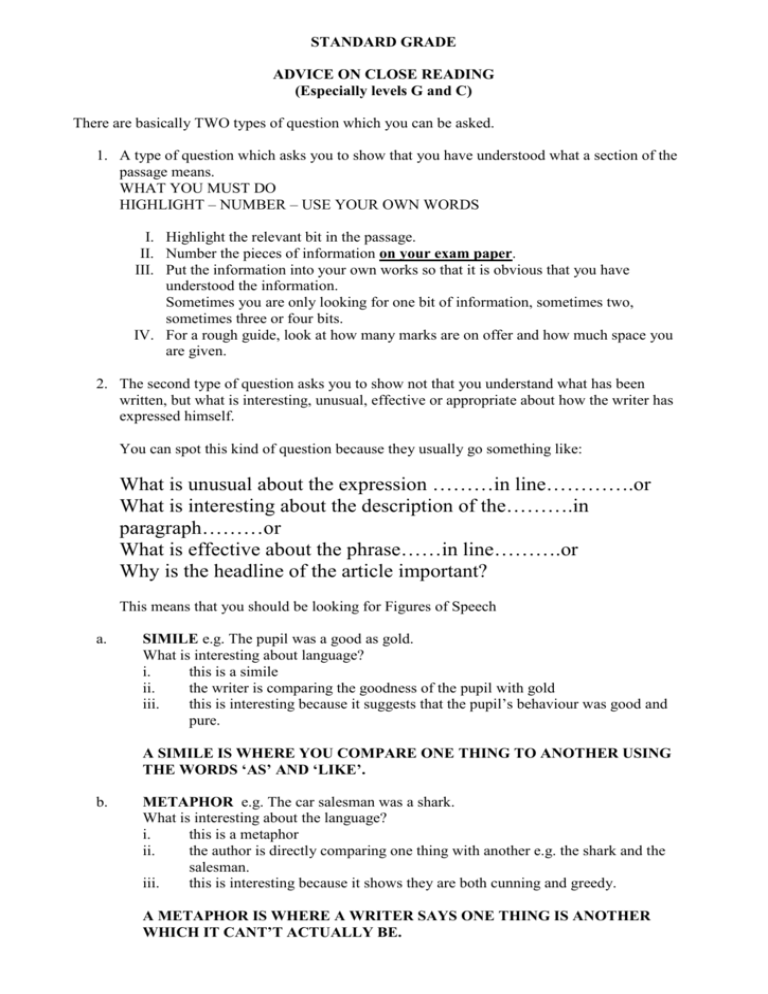
STANDARD GRADE ADVICE ON CLOSE READING (Especially levels G and C) There are basically TWO types of question which you can be asked. 1. A type of question which asks you to show that you have understood what a section of the passage means. WHAT YOU MUST DO HIGHLIGHT – NUMBER – USE YOUR OWN WORDS I. Highlight the relevant bit in the passage. II. Number the pieces of information on your exam paper. III. Put the information into your own works so that it is obvious that you have understood the information. Sometimes you are only looking for one bit of information, sometimes two, sometimes three or four bits. IV. For a rough guide, look at how many marks are on offer and how much space you are given. 2. The second type of question asks you to show not that you understand what has been written, but what is interesting, unusual, effective or appropriate about how the writer has expressed himself. You can spot this kind of question because they usually go something like: What is unusual about the expression ………in line………….or What is interesting about the description of the……….in paragraph………or What is effective about the phrase……in line……….or Why is the headline of the article important? This means that you should be looking for Figures of Speech a. SIMILE e.g. The pupil was a good as gold. What is interesting about language? i. this is a simile ii. the writer is comparing the goodness of the pupil with gold iii. this is interesting because it suggests that the pupil’s behaviour was good and pure. A SIMILE IS WHERE YOU COMPARE ONE THING TO ANOTHER USING THE WORDS ‘AS’ AND ‘LIKE’. b. METAPHOR e.g. The car salesman was a shark. What is interesting about the language? i. this is a metaphor ii. the author is directly comparing one thing with another e.g. the shark and the salesman. iii. this is interesting because it shows they are both cunning and greedy. A METAPHOR IS WHERE A WRITER SAYS ONE THING IS ANOTHER WHICH IT CANT’T ACTUALLY BE. Sometimes it is not so obvious e.g. Perth was plagued with unemployment. The word ‘plagued’ is a metaphor. The writer is comparing unemployment with some kind of disease. This is unusual because it emphasises that it is spreading and it’s also out of control. 3. OXYMORON IS WHERE TWO WORDS OF OPPOSITE MEANING ARE PUT NEXT TO EACH OTHER. e.g. bitter sweet, deafening silence The two words opposite in meaning are put together to make a new kind of sense. 4. PARADOX IS WHERE TWO IDEAS WHICH ARE OPPOSITE IN MEANING ARE PUT TOGETHER TO MAKE A NEW KINE OF SENSE. e.g. to avoid going to the dentist, you go to the dentist. 5. ALLITERATION IS WHERE THE SAME LETTER (OR LETTERS) IS REPEATED FOR EFFECT. e.g. Slithering snakes skate from the zoo. 6. ONOMATOPOEIA IS WHERE A WORD SOUND LIKE IT MEANING e.g. thwack, ping, crack 7. HYPERBOLE- EXAGGERATION IS USED WHEN A WRITER WANTS TO EMPHASISE THE MEANING. e.g. There were millions of witnesses. 8. LITOTES- UNDERSTATEMENT IS USED TO STRESS THE OPPOSITE. e.g. You can say, ‘He’s not short of a bob or two’ actually means ‘He’s very rich.’ 9. EUPHEMISM IS WHERE A WRITER GIVES AN UNPLEASANT IDEA A MUCH NICER WORD OR PHRASE. e.g. death = passing away or popping your clogs housewife = domestic engineer


